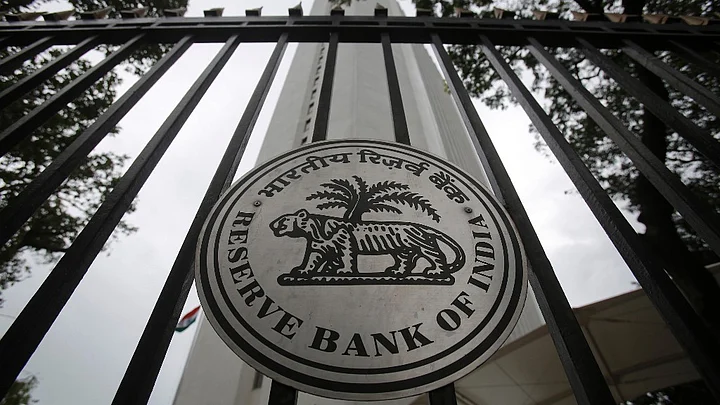India’s monetary policy committee (MPC) on Wednesday voted to leave the benchmark interest rate unchanged, even though the decision was not unanimous. Five of the six MPC members voted in favour of the decision. Ravindra Dholakia, an external member, was not in favour of the decision.
Following the monetary policy review, the repo rate, the rate at which the central bank lends to banks, stands unchanged at 6.25 percent.
The reverse repo rate, the rate at which the the central bank absorbs funds from lenders, also remains unchanged at 6 percent.
In line with its stated stance of reducing the statutory liquidity ratio, or the proportion of government securities that banks are mandated to hold, was reduced to 20 percent from 20.5 percent earlier.
The RBI also maintained a neutral stance on monetary policy and said that premature action could lead to “disruptive policy reversals later” and damage the credibility of monetary policy.
MPC was cognisant of several risks in the medium-term. Rising rural wages, robust consumption demand, global risks in terms of imported inflation kept policy stance at ‘neutral’.Urjit Patel, RBI Governor
“Noting that inflation has fallen below 4 per cent only since November 2016, the MPC remains focused on its commitment to keeping headline inflation close to 4 per cent on a durable basis keeping in mind the output gap,” said the RBI. “Premature action at this stage risks disruptive policy reversals later and the loss of credibility. Accordingly, the MPC decided to keep the policy rate unchanged with a neutral stance and remain watchful of incoming data.
The clamour for a rate cut had grown stronger after retail inflation fell to 2.99 percent in April. Economists predict that inflation will remain well below the Reserve Bank of India’s (RBI) medium term target of 4 percent for the next few months.
The RBI, however, has forecast a steady increase in inflation over the course of the year.
It expects consumer price inflation to average between 4-4.5 percent in the first half of fiscal 2018 and between 4.5-5 percent in the second half of the year.
Slower than expected growth data added to the calls for a rate cut. Data released by the Central Statistical Organisation (CSO) showed that gross value added growth slowed sharply to 5.6 percent in fourth quarter of fiscal 2017, from 6.7 percent in the third quarter.
(This article was originally published in BloombergQuint)
(At The Quint, we question everything. Play an active role in shaping our journalism by becoming a member today.)
